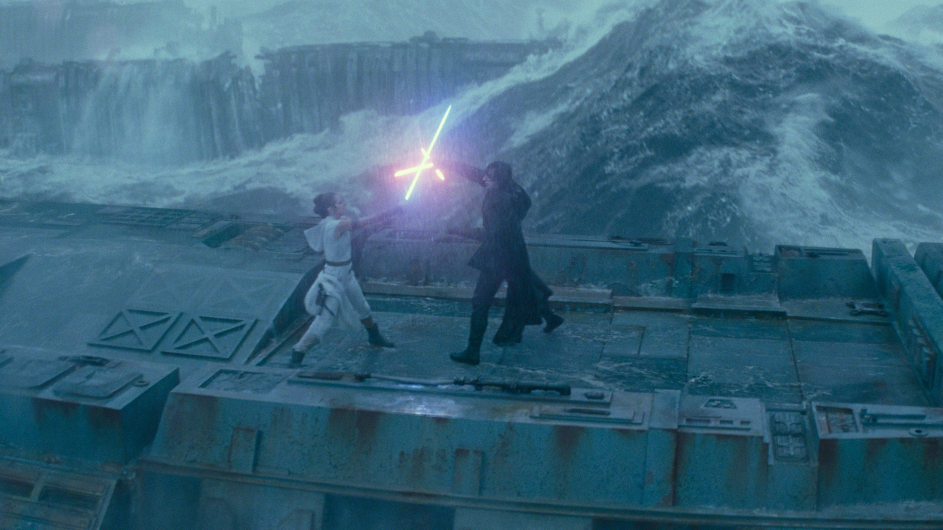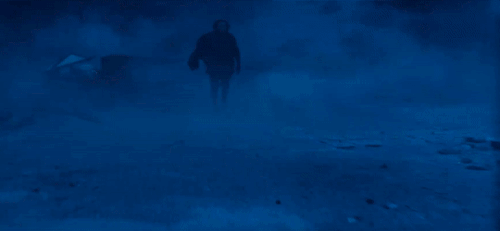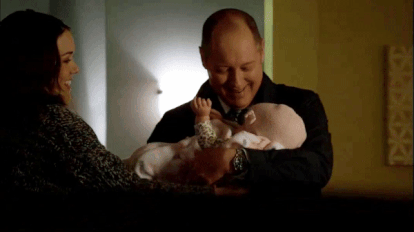Top 19 Blu-Rays of 2019: Number 18 Swing Time

As 2019 comes to a close I always like to reflect on my favorite physical releases of year. Consumers seem to be moving more and more to streaming services with the launch this holiday season of Disney Plus being the latest. However, 2019 was also a banner year for physical media as well. Several companies really stepped up their game with incredible packaging, extras and in some cases sparkling new transfers of classic films. I will always make the case of physically owning a copy of a movie because it is permanently in your collection, it won’t be dropped or eventually removed from your shelf.
Being that it is 2019, I decided to list my favorite 19 releases of the year. So sit back relax and let’s watch some movies!
Number 18: Swing Time
Fred Astaire and Ginger Rogers grace the screen for the sixth time and it is a doozy.
Lucky (Astaire) is set to marry Margaret (Betty Furness) but is tricked by fellow members of his dance act and now must make $25,000 to marry her. Lucky heads to New York where he meets the beautiful and talented Penny Carroll (Rogers) who dances into his heart. A jealous band leader, Ricardo refuses to play for them so they can dance. Soon Lucky isn’t interested in gambling anymore to raise the money for his wedding as he has fallen for Penny. Will the couple dance off together in the sunset?
What a fun movie Swing Time is. Rogers and Astaire are at their peak in this film. Not only is the dancing incredible but the musical numbers are first rate and Rogers owns the screen. Rogers stated that she attributes a lot of the success of the film to the director George Stevens, who is an incredible director. I also learned that some of the dances where purposefully choreographed to have mistakes in them. Think about how amazing of a performer you have to be able to train yourself into making mistakes.
Swing Time is such a good time and a film everyone should see.
Criterion has sourced a new scan for Swing Time and it looks amazing. Criterion mentioned in the booklet that was included that they have removed hiss, scratched and other assorted damage to the film and it shines. Criterion knows how to make 83-year-old movies shine.
Although there is only one audio setting on this release it too taps in time. No distortions or pops to report just some good sounding thumps and taps.
Of course, Criterion brings out the bells and whistles for their releases and Swing Time has some pretty great stuff to keep you coming back. The highlight is a new 41-minute documentary about Swing Time and how the amazing choregraphed moments came to life. Also included is a short interview with film scholar Mia Mask who discuss the song “Bojangles of Harlem” and the use of blackface in the film.
Swing Time is a fun film. Most critics and fans believe this is the best of the Astaire and Rogers collaborations, and it is hard to argue that point. Criterion has done a marvelous job bringing this dancing musical to life.
Film: A-
Video: A
Audio: A
Extras: A-
Overall: A
































































